Tonight at sundown begins the festival of Dedication, more popularly known as Hanukkah–the festival of Lights. This special Jewish festival that non-Jews often mistakenly think of as the “Jewish Christmas,” has its origins in the revolt of the Maccabees against the infamous Greco-Syrian ruler Antiochus IV (aka Epiphanes) in 167 BCE.

You can find the colorful and bloody story in 1 Maccabees 1-4, a book included in Catholic Bibles but referred to by Protestants as part of the “Apocrypha.” If you don’t have a copy around it is readily available on-line at apocrypha.org and is well worth reading. The festival itself, which lasts eight days, is a celebration of the “cleansing” and rededication of the Jewish Temple in 165 BCE when the forces lead by the family of Judas Maccabee (“the Hammer”) recaptured Jerusalem and removed the pagan altar and other “abominations” that Antiochus had instituted in an effort to stamp out worship of the Jewish God Yehovah (see 1 Macc. 4:59).
In the time of Jesus we are told in the Gospel of John that Jesus went up to the Temple during this festival the last winter of his life (John 10:22). The date for this “Dedication” was Kislev 25 or the 25th day of the 9th month on the Jewish lunar calendar.
People often ask, having heard of the Jewish festivals such as Passover, Rosh HaShanah, and Yom Kippur–is Hanukkah ever mentioned in the Hebrew Bible–in other words is it a “Biblical” festival. These answer is yes and no, depending on how one looks at Kislev 24–the day before Hanukkah. Let me explain.
What is altogether fascinating is a much earlier and little known biblical reference to a different but very related date–Kislev 24–today on the Jewish calendar–which began yesterday evening at sundown. This, of course, is one day before the Hanukkah celebration, but the reference can be precisely dated to 520 BCE–over 350 years before the Maccabean victory. I refer here to the book of the Prophet Haggai.
Haggai comes to us from the 2nd year of the Persian King Darius, late summer, August, 520 BCE. It is one of the most precisely dated books in the Hebrew Bible, much like its sister Zechariah, and its twin Malachi. The three go together, like peas in the pod, both coming from that crucial time of the “restoration” of Judah to the Land following the Babylonian captivity. Collectively they are our last words of the Prophets in the Hebrew Bible–and thus for Jews and others who consider the Tanakh Scripture–the last inspired words of Yehovah. Indeed, it is possible that Haggai is the unnamed author of the book called Malachi, which means in Hebrew “My Messenger,” since in Haggai 1:12, the Prophet is identified as the “messenger of Yehovah.”
Both Haggai and Zechariah address their contemporary situation, as one would expect, and are concerned that the Temple be rebuilt and the city-state of Judea be restored to limited sovereignty after the Babylonian destruction in 586 BCE. However, if read carefully, both clearly understand that this restoration of Judah is only a preliminary, even symbolic step, to a coming great restoration of Judah and all Israel–including the so-called “Lost Tribes.”
Even though there is a Priest (Joshua), and a Governor (Zerubbabel) of the Davidic line, there is no anointing of the BRANCH figure of whom both Isaiah and Jeremiah had spoken. One way of putting this is to say that Haggai and Zechariah are working in the tall shadow of Jeremiah (see especially chapters 30-31), and they know, from his clear and powerful prophecies, that the final days have not come with this tiny little beachhead return of a portion of Judah to the land. But they do believe that this return of Judah is a “sign” of things to come, and a guarantee that the Plan of Yehovah, to fill the earth with justice and righteousness, through Abraham’s seed, is not to fall to the ground.
And that leads us to the curious and fascinating references to the 24th day of the 9th month–or Kislev 24 as that month came to be called.
The book of Haggai is sequential; it takes you through the last months of the year 520 BCE. It begins with the Rosh Chodesh of the 6th month (August), takes you through the 21st day of the 7th month (2:1), which is the last day of Sukkoth (October), and then into December–with the 24th day of the 9th month. Haggai’s third and fourth messages come on this very day. It is a short book, and if you skim it through you will see the building sequence.
The precise date Kislev 24 is mentioned four times in the second chapter, verses 10, 15, 18 and 20. Twice it is emphasized that “from this day forward I will bless you,” and twice Haggai gets a special Word from Yehovah, on this very day. You have to read the whole chapter to get the context, but the message is basically that Yehovah will “shake the heavens and the earth and all nations” overthrowing their power, after which He will anoint the chosen one of the line of David (symbolized in that day by Zerubbabel), and essentially make Jerusalem the new world capital. This entire prophetic agenda to which Haggai alludes is laid out in great detail in the pre-Exilic Prophets, see particularly Isaiah 2:1-4; Jeremiah 3:14-18; 23:5-8; Micah 5:2-5).
This message is addressed to the two “Messiahs,” the Priest and the “King” or Governor, Joshua and Zerubbabel, respectively (2:4-5). They become “signifiers” of things to come. They are not the final anointed ones, and Zechariah picks this up in his visions, especially chapters 4 and 6. These symbolic figures, as well as the promised presence of the Holy Spirit (see 2:5 and Zech 4:6), are the guarantee that Yehovah will bring about these promises.
Notice, Zechariah begins getting his visions and messages in the 8th month of that same year (Zech 1:1), or mid-November. He has EIGHT night visions, they are all quite difficult to follow, but prophetically important in forecasting the redemptive future. There is much more detail in Zechariah, but the two, Haggai and Zechariah, should be read in tandem, as one explains the other.
Note carefully, Kislev 24 is not specifically mentioned in Zechariah, but it is alluded to in chapter 4:8-10. It is the famous “day of small things,” that one might be led to “despise,” because after all, this tiny little remnant of Judah, beginning to lay the foundation of a nondescript temple, under the mighty thumb of the Persian empire, was hardly even worthy of the name of a city-state, much less a world kingdom, and yet had hopes and dreams and promises of world dominion–and the rulership of its promised “Messiahs.” These were the expectations that fueled the apocalyptic hopes of both the Dead Sea community and the followers of Jesus and John the Baptist, see my previous blog post, “Waiting for Two Messiahs,” here.
Chapters 7-14 of Zechariah, which the author receives two years later, are quite different. They are straightforward and fairly plain, laying out, likely in some sequential order, both the preliminary events, and the detailed climax, of the “time of the end.”
So, what about Kislev 24?
In the time of Haggai and Zechariah, it was the day marked for the promise that the redemption would ultimately come about, “not by power, nor by might, but by the Spirit of Yehovah”–but in its time (Zech 4:6). But in the time of the Maccabees, when Syrian ruler Antiochus IV unleashed his great persecution against the Jews of Judea/Palestine, it was on Kislev 24 that the enemy was defeated and the Temple freed from its desecration. That is why the festival of Chanukah is celebrated beginning at sundown, at the end of Kislev 24. In other words, it is not so much Hanukkah that is important, as its marker date: Kislev 24. I seriously doubt that either the author of 1 Maccabees or the Maccabees themselves were attempting to correlate their victory over Antiochus by some obscure date in the Prophet Haggai. There is no indication that such is the case and nothing is said in the texts of the Maccabees about Kislev 24. But in looking back on things it does in fact turn out that the victory began, “from this day forward,” on Kislev 24.

Fast forward to Sunday, December 9, 1917. General Allenby, leading the British forces (remember Lawrence of Arabia), liberated Jerusalem for the first time in centuries from Turkish/Muslim rule. By the morning of December 9th Turkish forces had fled the city and the governor Izzat Pasha fled in a horse drawn carriage borrowed from the American Colony hotel–leaving behind a note of surrender. The date on the Jewish calendar–you guessed it: Kislev 24. That evening the Jewish soldiers in the British army celebrated Hanukkah and went to the Western Wall in openness and freedom. Allenby’s triumphal entry, captured in the photo above, was two days later, on December 11th. Prior to that date, and during the many centuries of Ottoman/Turkish rule, the Jews were only allowed to approach their “Wailing Wall” on Fridays before the Sabbath, even though they were the majority of the Old City of Jerusalem in the 1905 Ottoman census. It is doubtful that Allenby was aware, during the heat of the battle, of the Jewish festival of Hanukkah but we can be certain that he knew nothing of Kislev 24–this obscure date in the book of Haggai. However, the parallel was not lost on contemporary Jewish interpretations of these events. Despite frictions between the British occupying forces and Zionist pioneers–especially after the Holocaust when Jewish immigration was restricted, Allenby was portrayed as a Maccabean-like liberator.
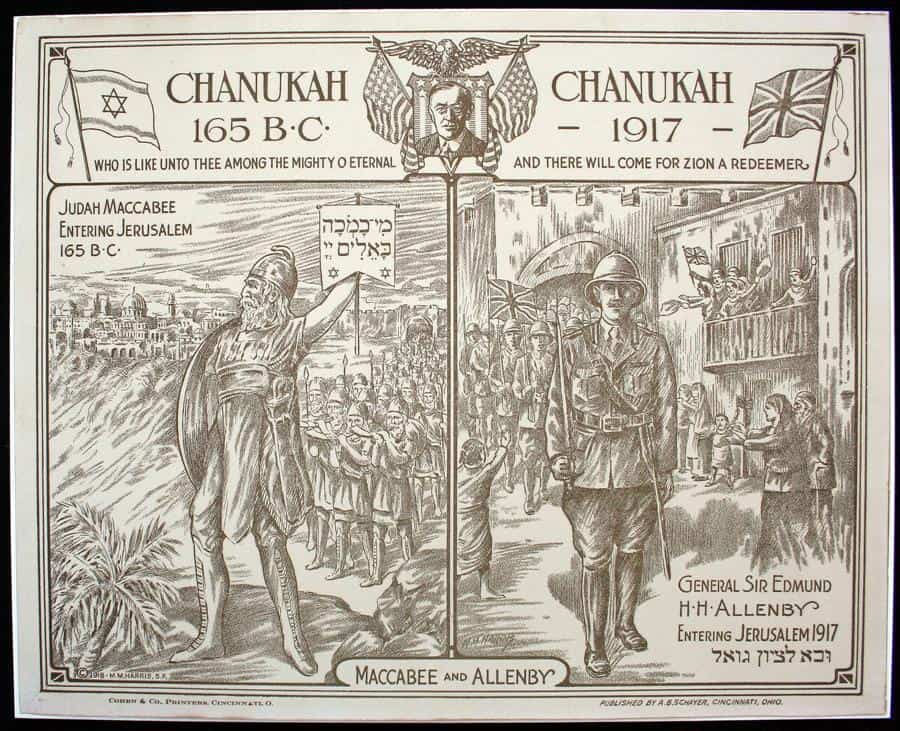
What to make of these strange patterns of events around Kislev 24, a date specified by Haggai in 520 BCE, I leave to my readers, but as preparations for Hanukkah begin tomorrow, take a look at Haggai 2:10-21 as a fascinating precursor to events in the 2nd Temple period and in our own times.

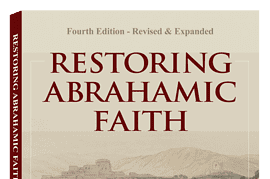


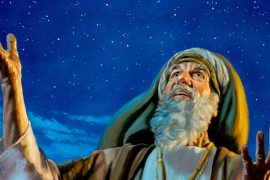


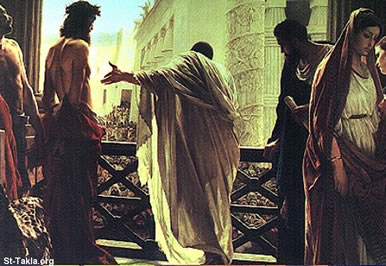
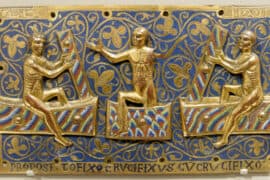
Comments are closed.